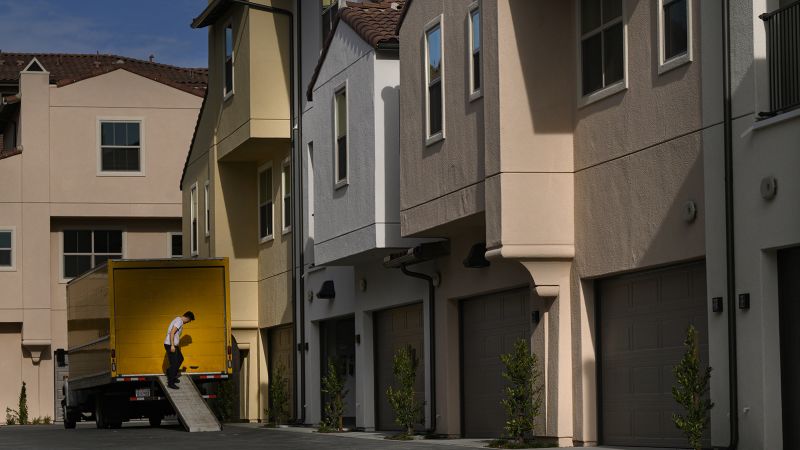The First-Time Homebuyer Boom: Are Rental Prices Already Up Before the Censorship Pandemic? An Analysis by the National Association of Realtors
Well before the coronavirus pandemic, Americans were struggling to keep up with the cost of housing, and inflation has made the problem worse: Between September 2021 and September 2022, rental prices for a primary residence rose by 7.2 percent — a measure that typically climbs by just 3 percent per year — and between July 2021 and July 2022, home prices rose by 15.8 percent.
The affordable housing crisis may be blamed upon corporate speculators, but what is the extent to which they are responsible for the fear of a rent revolution? Here’s a look at the debate.
According to a report from the National Association of Realtor, the share of first time home buyers fell to an all-time low because of the high home prices and rising interest rates. And those first-time buyers were the oldest they have ever been, as the growing lack of affordability forced people to wait longer to reach life milestones like buying a home.
The first-time buyer’s median income fell to $71,000 during the 12 months ended in June, down from $86,500 in the previous year. The median income of repeat buyers was $90,000, down from $120,000 the previous year.
Economists and housing advocates have cautioned that the increasingly unaffordable housing market is locking many potential buyers, especially buyers of color, out of homeownership.
The homeownership gap is likely to be worsened by this because most white Americans are homeowners while only a small percentage of black Americans own homes.
Lautz said that prior NAR research has shown that would-be Black homebuyers have lower incomes, higher debt and less likelihood of family support for a down payment than other groups. Black tenants are paid more than 30% of their income to their landlord, according to the data.
The Average Distance between a Home Buyer and a New Home in the Circumurban Area of Elliptical, South Carolina During the Great Recession
Because of the affordability crunch, homebuyers seemed less able or interested in buying in the area where they currently live. The median distance between a current home and a new home for a buyer was around 15 miles. The typical distance during the year ending in June 2022 was 50 miles.
The average home was over 2000 square feet, had three bedrooms and two bathrooms and was built in 1986, according to the report. That is a smaller and older home than in previous years.
